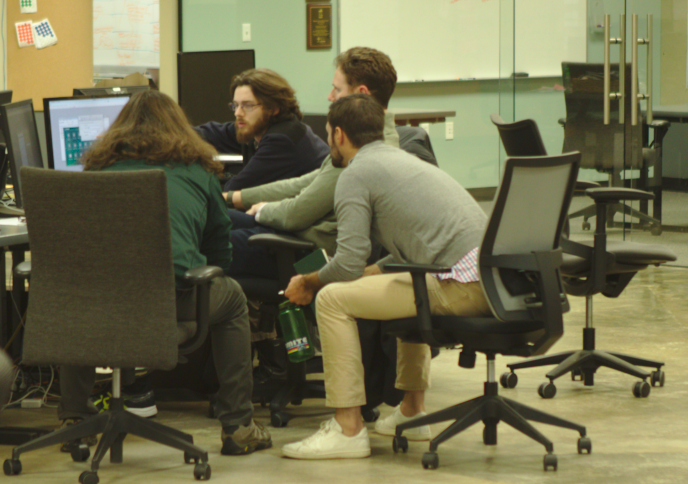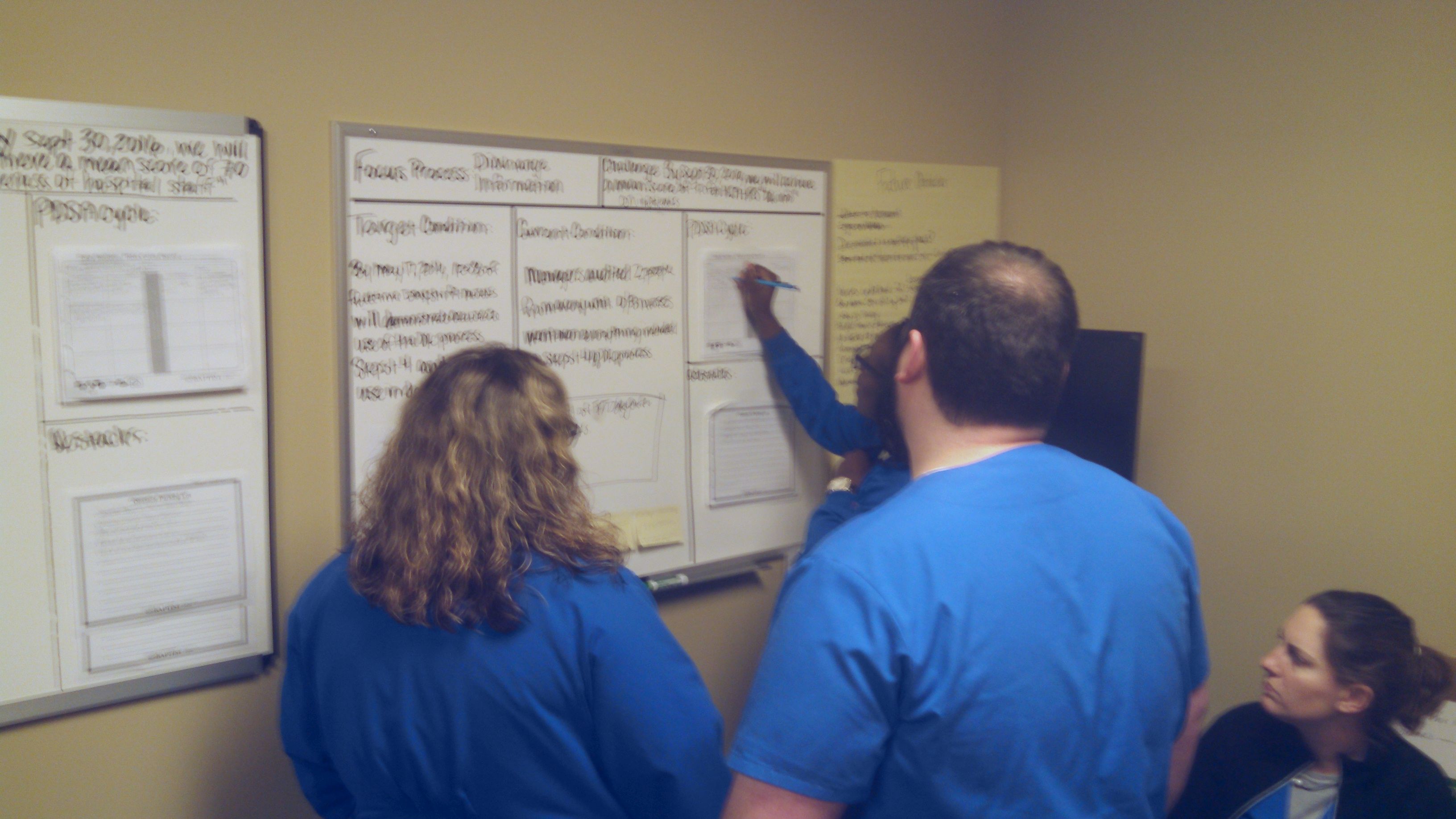In this TED Talk, Amy Edmondson of the Harvard Business School talks about “How to turn a group of strangers into a team.” Although long-standing teams are able to perform, our workplaces today require ad-hoc collaboration between diverse groups. The question is: What kind of leadership, and what kind of structure, contributes to working together on the problem?
For those of you unfamiliar with her work, I’ll add that I have found anything that she writes or speaks about is worth reading or listening to.
The key message starts around the 10:00 minute point:
“When teaming works, you can be sure that leaders, leaders at all levels, have been crystal clear that they don’t have the answers. Let’s call this ‘situational humility.’ It’s appropriate humility. We don’t know how to do it.”
[…]
“It’s hard to offer up an idea that might be a stupid idea if you don’t know people very well. You need psychological safety to do that. They overcame what I like to call this basic human challenge: it’s hard to learn if you already know. And unfortunately, we’re hardwired to think we know. And so we’ve got to remind ourselves – and we can do it – to be curious; to be curious about what others bring.”
Here is the entire TED talk. If the embed isn’t working for you, this is the direct link: How to turn a group of strangers into a team.
Which brings me to the quote I pulled for the title of this post: It’s Hard to Learn if you Already Know. As Amy Edmondson points out, “we’re hard wired to think we know.”
To counteract this we need to construct different artifacts that focus our attention on our shared understanding vs. trying to advocate a particular position.
Creating The Structures of Teamwork
As obvious as this is when we say it, if we want to create a culture or social structure of teamwork this must be done deliberately. This is especially important in environments where ad-hoc groups must collaborate very quickly. So… what works? I don’t know. But we do have the tools to figure it out.
Structure to Focus on The Problem
When two people are talking about a problem while looking at each other, they tend to equate “the problem” with “the other person.” Rather than trying to reach a shared, common understanding, the tendency is to try to convince the other person to adopt their point of view.
But if we introduce some kind of artifact – an A3, a Learner’s Storyboard, a shared keyboard and monitor – that physically turns people to look at the problem rather than at each other, the dialog changes.


“What we’ve got here is a reason to communicate.”
Think about the key difference between people looking together at the information versus someone at the front of the room, facing everyone else. The tone shifts from “tell me” to “work with me.”
Think of the key difference in a meeting between everyone sitting at the table talking about the problem vs. what happens if someone stands up and starts to draw it out on a whiteboard.
What companies like Menlo Innovations, Kaas Tailored, Toyota, and others do is construct physical artifacts to focus people’s attention away from the person and toward the information. The information becomes neutral, vs. being attached to someone. If something isn’t working, we can work together to fix the issue vs. fix blame.
The “Lean Tools”
Let’s take something as simple as standard work. What is it for?
One interpretation could be that I watch you perform the work, and if you violate the procedure, you fail the audit for not following the standard.
But the other interpretation is that we have a neutral point of comparison for how we think the work should proceed if it is problem-free. Seeing, or detecting any difference reveals a problem of some kind. We are invited by this information to look at the problem and seek to gain more understanding.
Of course, just sending an invitation doesn’t mean people come to the party. Shaping that conversation in constructive directions is what leadership is about.
And, as always, I write these posts mostly to clarify my own thinking by trying to explain it to someone else (you). I’d love to know what you think, so post comments!